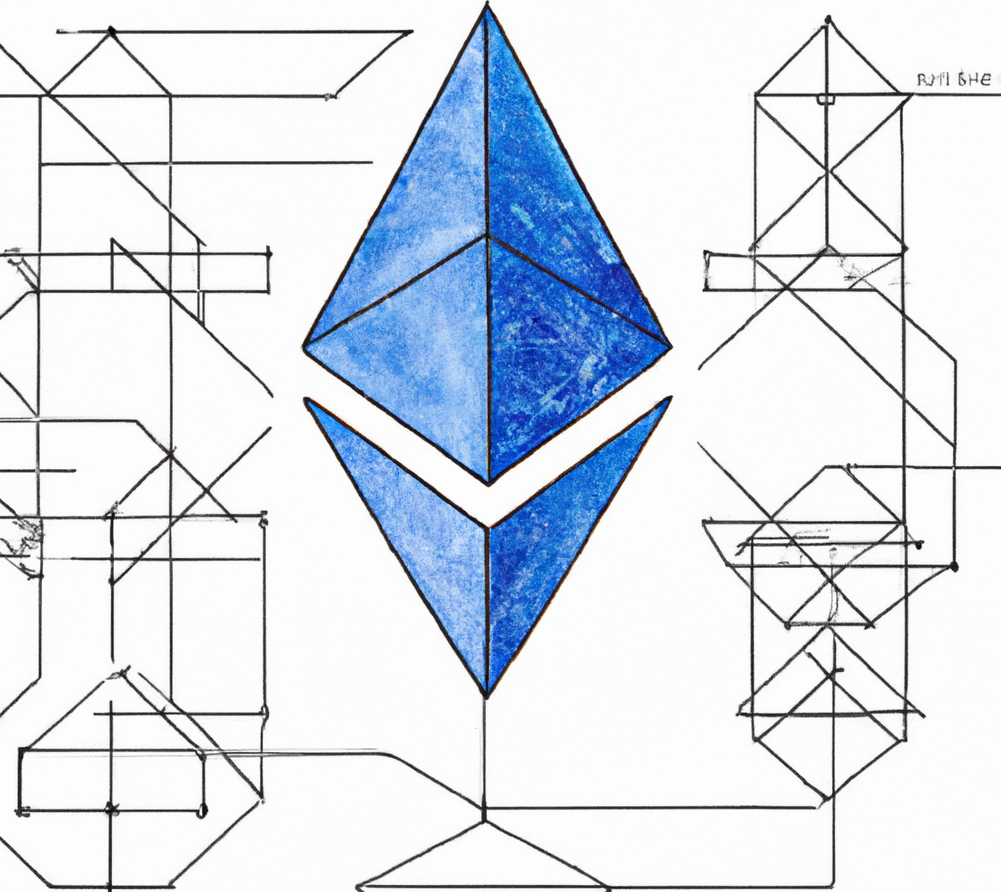Background
In the early years of the 2010s, the world wide web witnessed the birth of digital images, known as “memes,” shared for telecommunication humor. One such meme was “Doge,” a simple yet amusing depiction of a Shiba Inu, its face adorned with Comic Sans text. A mere jest at first, Doge evolved into a multifaceted asset within the digital realm. In the fading months of 2013, “Dogecoins” emerged, allowing meme admirers to trade crypto-tokens with the image of their cherished joke. Later, the artist behind Doge, in a move separate from Dogecoin cryptocurrency, forged the image into a Non-Fungible Token (NFT) by minting it upon the Ethereum blockchain.
As an NFT, Doge became part of the Ethereum blockchain, receiving a unique set of identifying metadata, akin to the title of an automobile or the serial number of a product. Contrary to fungible digital assets, NFTs stand distinct and individualized. In the year 2021, the creator of Doge parted with the original metadata of Doge, selling it to the digital collective agency PleasrDAO for a sum of $4 million. PleasrDAO, in turn, dissected the Doge NFT into fractionalized NFTs (f-NFTs), each bearing unique identifying metadata.
Both Doge NFT and f-NFT values are monetized by Ethereum-based cryptocurrencies known as Ether. With access to the Ethereum public ledger, any soul can seek out the true owner of Doge and its fractions. To ensure the legitimacy of transactions, each Ethereum trade is authenticated and recorded on the Ethereum public digital ledger. As a feature of blockchain technology, the Ethereum ledger reflects PleasrDAO’s initial transaction and Doge’s minting as an NFT. Ideally, purchasers can trace each Doge f-NFT to the original Doge NFT. The Ethereum ledger confirms the existence of the original Doge NFT, each Doge f-NFT, and their respective values. In response, PleasrDAO offered consumers the opportunity to possess an authentic fragment of their favorite classic meme by acquiring a portion of the original “Doge” NFT.
SEC and the Howey Test
In the year 2018, the Securities and Exchange Commission (SEC) presented a guided framework for digital asset creators and technology developers. Although Ethereum and Bitcoin were not deemed securities, the SEC cautioned future digital asset endeavors. The SEC invoked the precedence of SEC v. W.J. Howey Co., warning digital asset creators against crafting assets resembling securities. This note compares the technical attributes of NFTs and the NFT economy to the legal rationale elucidated in Howey. Notably, the Southern District of New York began hearing arguments concerning digital assets and their potential classification as securities under Howey during the drafting of this article. In SEC v. Ripple Labs, Inc., No. 20-CV-10832, 2021 U.S. Dist. LEXIS 69563 (S.D.N.Y. Apr. 9, 2021), the court must determine whether the initial coin offering (ICO) of the crypto token XRP mirrors an initial public offering and meets the threshold as a security under Howey. Although Ripple Labs does not directly address NFTs, any current digital asset litigation will profoundly impact the SEC’s treatment of future digital asset developments.
Additionally, the rise of digital art has further fueled the NFT market. Take, for instance, the artwork by Beeple, a digital artist who sold an NFT titled “Everydays: The First 5000 Days” for a staggering $69 million at the renowned auction house, Christie’s. This NFT, which encapsulated 5000 unique digital art pieces, further demonstrated the vast potential of NFTs in transforming the art world. Artists, collectors, and investors have found a new avenue for expression, acquisition, and potential profit. Nevertheless, the SEC’s treatment of NFTs could wholly obstruct this burgeoning opportunity for artists and their patrons. Classifying NFTs as securities would impose substantial registration fees upon artists, musicians, and digital creatives who seek to broaden their reach and engage with their fanbase through innovative means.
In summary, the general characteristics of NFTs, including their sales and development, do not surpass the Howey Test threshold that would categorize them as securities. Generally, NFTs do not embody the second, third, or fourth factors in Howey, which necessitate a common enterprise, supported by others’ efforts, and a reasonable expectation of profits.



